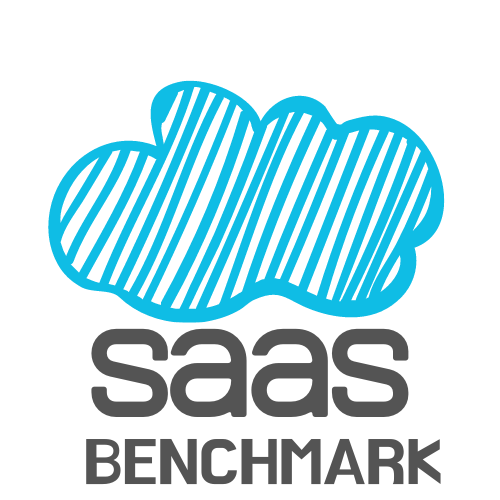SaaS Revenue Case Study
When it comes to revenue, you might already know the 5 Steps of Revenue Recognition. But maybe you’re wondering how to specifically apply those steps to your SaaS business.
Revenue Hub has an excellent case study for SaaS revenue recognition. The case study walks through a hypothetical SaaS contract and each of the 5 Steps of recognition. (Note: there appears to be a typo in the case study; see the end of this post.)
The case study is especially helpful regarding how to identify contract performance obligations and how to allocate the transaction price to them. A “performance obligation” is a fancy label for what you’ve promised to deliver to your customer.
Analysis is required to determine whether these promises are considered separately for recognition (“distinct”) or grouped together with other promises for combined recognition.
Note: There may be a typo towards the bottom of the case study.
In Step 5 (Recognize Revenue When (Or As) The Entity Satisfies A Performance Obligation), a table lists the performance obligations and the dates commencing revenue recognition.
The commencement date for License/Hosting & Implementation Services is listed as April 1, Year 1. According to KPMG, the correct date should be July 1, Year 1.
Why should recognition begin in July? The case says “The nature of the promise to the customer is to provide a customized, implemented SaaS platform over the one-year term after go-live.” The customer does not have access to the SaaS platform until implementation services are complete.
Thus, the customer does not receive any benefit until after go-live in July. (If go-live never happened, the customer would get no benefit.) Revenue recognition must wait until then.
See KPMG’s full explanation in Example F240.1 in the Revenue for Software and SaaS Handbook.







